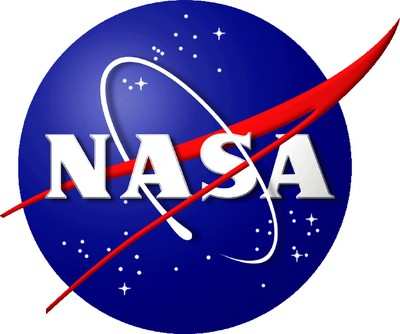Tue, Jul 26, 2022
Electric Flight Orchestra…
NASA’s Electrified Powertrain Flight Demonstration (EPFD) program seeks to hasten humankind’s transition from conventional, fossil-fuel-burning aircraft to ostensibly greener machines powered by Electrified Aircraft Propulsion (EAP) technologies. In collaboration with private industry partners, the space agency conducts ground and flight-tests of extant aircraft retrofitted with electric propulsion systems.

NASA posits that only by assessing and addressing the technical barriers and risks inherent fitting electric powertrains to existing airliners can standards be developed for future EAP aircraft. In addition to its regulatory aims, the EPFD program sets out to provide NASA’s aerospace industry partners data and experience by which to produce lighter, more powerful and efficient motors; improved pilot-interfaces with subject motors; and batteries and electronics conducive to maximizing aircraft safety and range.
NASA aspires to conduct at least two flight demonstrations of aircraft kitted out with electric powertrains developed under the auspices of its EPFD program within the next five-years. Longer-term, the space agency means to see such powertrains in broad use across America’s commercial airline fleet by 2035.
To meet its ambitious objectives, NASA has chosen a pair of U.S. companies—G.E. Aviation and MagniX—to develop electric propulsion technologies. To better motivate them, the two companies were awarded federal grants totaling $253-million—$179-million to G.E. and $74-million to MagniX.
The EPFD program is part of a larger NASA undertaking called Integrated Aviation Systems, which develops means by which to turn inchoate technologies into real-world, operational flight systems.

Across the globe, myriad companies are about the business of developing electric aircraft propulsion systems for light aircraft and the eVTOL vehicles saliant to emergent air-taxi markets. The diminutive size of such aircraft mitigates the weight—and therefore the output and endurance—of the batteries by which they’re powered. The regional and narrow-body aircraft upon which NASA’s EPFD program is predicated—by dint of their greater size and superior lift-production—allow for the carriage of heavy, powerful, long-lasting batteries that allow researchers to circumvent the fundamental, weight/power/endurance paradox by which the development of electric aircraft powertrains has been chronically hampered.
More News
Also: New Lakeland Fly-in!, Gleim's DPE, MOSAIC! Nearly three-quarters of a century in the making, EAA is excited about the future… especially with the potential of a MOSAIC>[...]
Estimated (EST) -When used in NOTAMs “EST” is a contraction that is used by the issuing authority only when the condition is expected to return to service prior to the >[...]
Aero Linx: Regional Airline Association (RAA) Regional airlines provide critical links connecting communities throughout North America to the national and international air transpo>[...]
The Airplane Broke Up In Flight And Descended To The Ground. The Debris Path Extended For About 1,435 Ft. Analysis: The pilot, who was the owner and builder of the experimental, am>[...]
From 2015 (YouTube version): History Comes Alive Thanks to A Magnificent CAF Effort The story of the Douglas C-47 named, “That’s all Brother,” is fascinating from>[...]
 Airborne 07.21.25: Nighthawk!, Hartzell Expands, Deltahawk 350HP!
Airborne 07.21.25: Nighthawk!, Hartzell Expands, Deltahawk 350HP! ANN's Daily Aero-Term (07.27.25): Estimated (EST)
ANN's Daily Aero-Term (07.27.25): Estimated (EST) ANN's Daily Aero-Linx (07.27.25)
ANN's Daily Aero-Linx (07.27.25) NTSB Final Report: Luce Buttercup
NTSB Final Report: Luce Buttercup Classic Aero-TV: 'That's All Brother'-Restoring a True Piece of Military History
Classic Aero-TV: 'That's All Brother'-Restoring a True Piece of Military History




